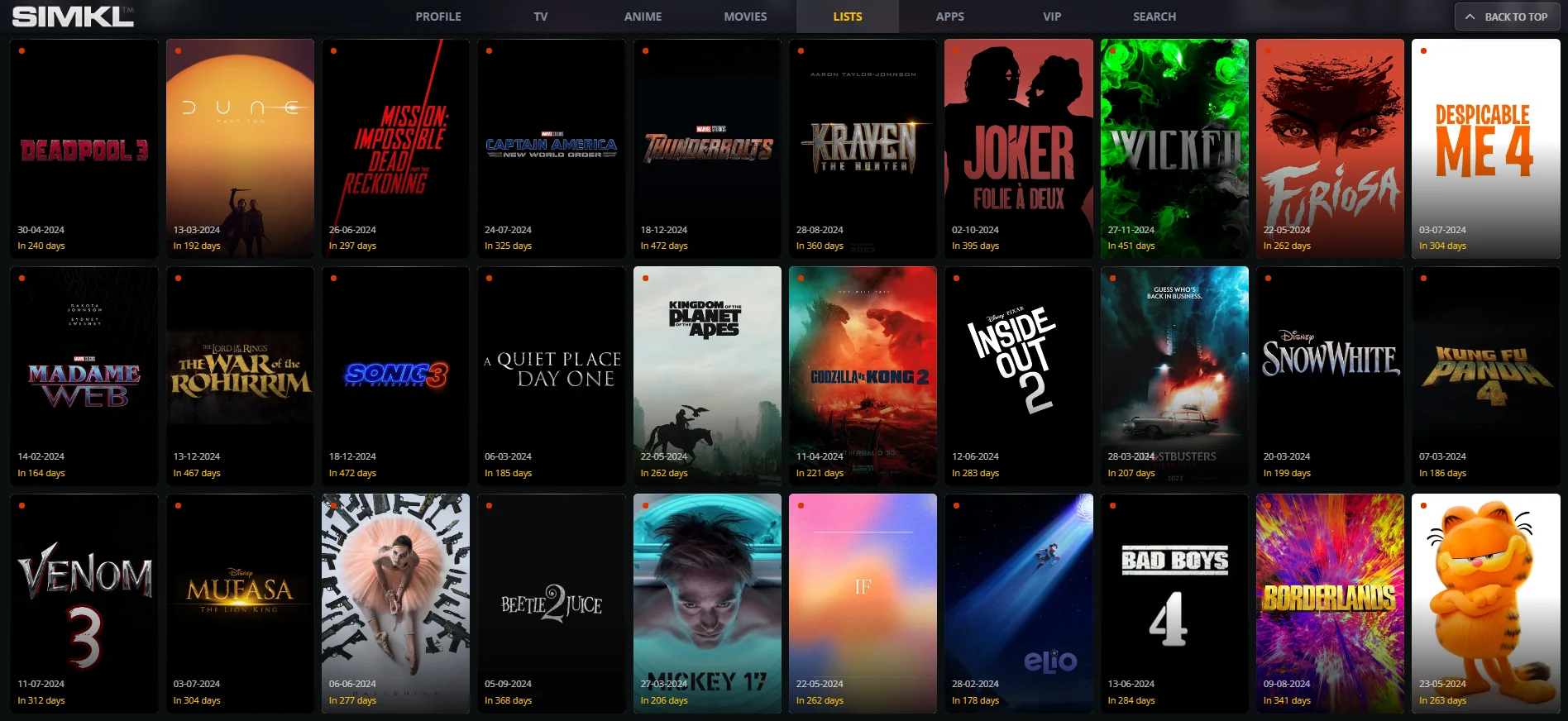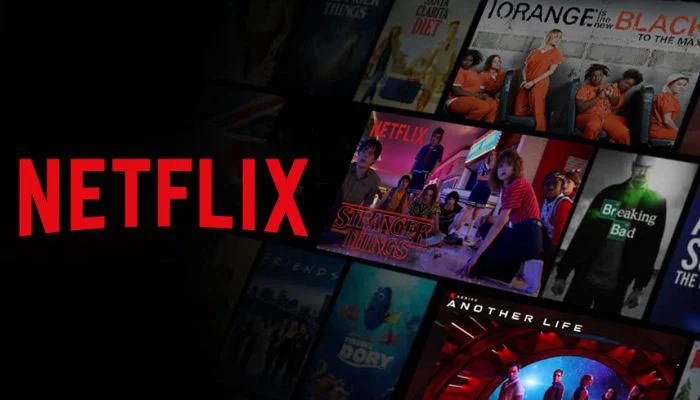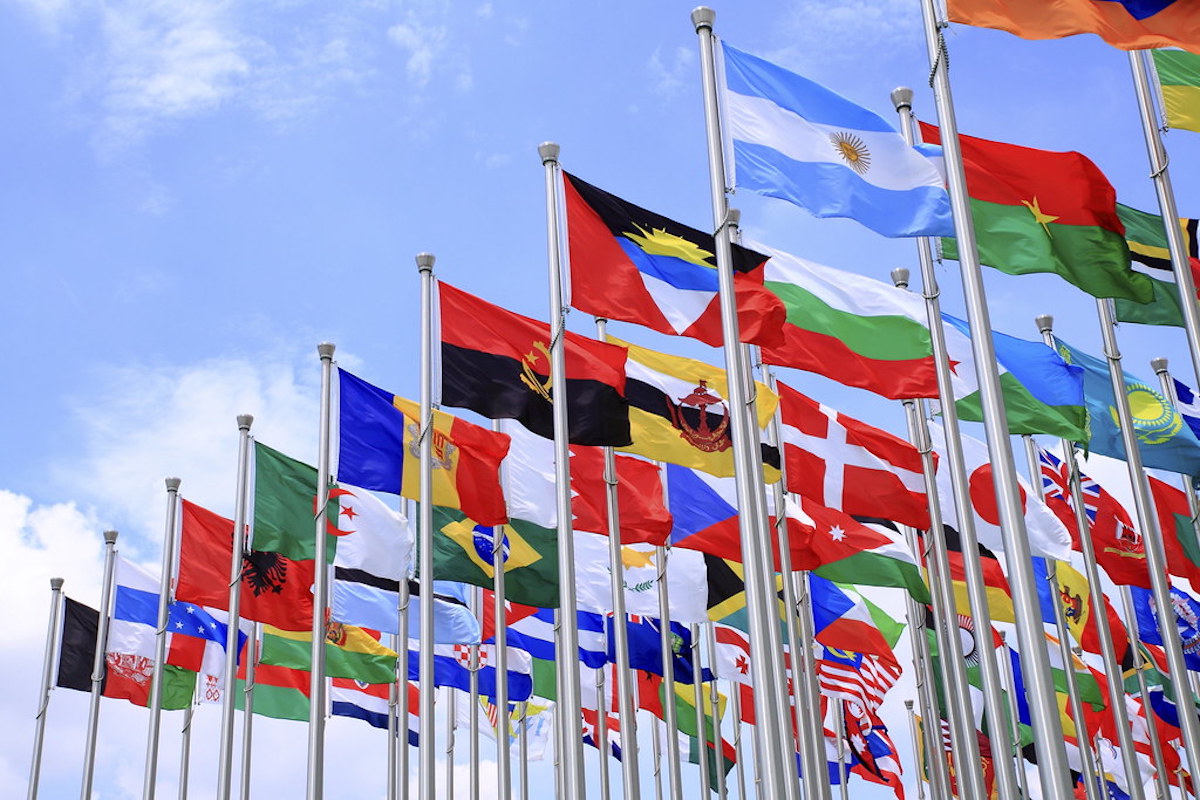What are Must Have Elements in Indian Wedding Cards?
Indian wedding cards hold immense significance in the overall wedding planning process.

Indian weddings are renowned for their rich cultural heritage, vibrant colors, and elaborate ceremonies. At the heart of these celebrations are the wedding cards, which serve as the first glimpse into the grandeur and significance of the occasion. These intricate invitations not only convey the details of the event but also reflect the couple's style and the unique traditions of their region.
As you embark on the journey of planning your dream Indian wedding, understanding the must-have elements in Indian Wedding Cards becomes crucial. These elements not only enhance the visual appeal of the invitation but also imbue it with deep cultural meaning and significance.
Importance of Indian Wedding Cards
Indian wedding cards hold immense significance in the overall wedding planning process. They serve as the initial communication with your guests, setting the tone for the entire celebration. A well-designed and thoughtfully curated Indian wedding card can leave a lasting impression, capturing the essence of your wedding and inviting your guests to be a part of this momentous occasion.
Moreover, Indian wedding cards are not just a means of conveying information; they are also a reflection of your cultural heritage and personal style. The elements incorporated into the card can serve as a subtle yet powerful way to showcase your family's traditions and the unique blend of customs that will be celebrated during the wedding.

Traditional Elements in Indian Wedding Cards
Indian wedding cards have a rich history, with a multitude of traditional elements that have been passed down through generations. These elements not only add visual appeal but also hold deep cultural significance. Some of the must-have traditional elements in Indian wedding cards include:
Intricate Designs:
Indian wedding cards often feature intricate designs, such as intricate floral patterns, paisley motifs, or intricate mandalas, which are deeply rooted in Hindu and Indian art forms.
Religious Symbols:
The inclusion of religious symbols, such as the Om symbol, the swastika, or the Ganesha, is a common practice in Indian wedding cards, as they are believed to bring good luck and prosperity.
Metallic Accents:
The use of metallic accents, such as gold or silver foil, is a hallmark of traditional Indian wedding cards, adding a touch of opulence and grandeur to the invitation.
Calligraphy:
Elegant calligraphy, either in Hindi, Sanskrit, or English, is often used to showcase the couple's names and other important details, reflecting the artistry and craftsmanship of the card.
Embossing and Debossing:
Techniques like embossing and debossing are commonly used in traditional Indian wedding cards, creating a tactile and visually striking effect.
Modern Elements in Indian Wedding Cards
While the traditional elements of Indian wedding cards hold a significant place, modern design trends have also influenced the evolution of these invitations. Some of the contemporary elements that are becoming increasingly popular in Indian wedding cards include:
Minimalist Designs:
In contrast to the intricate patterns of traditional cards, minimalist designs with clean lines, subtle color palettes, and modern typography are gaining popularity among younger couples.
Illustrated Motifs:
Instead of relying on classic floral or geometric patterns, many Indian wedding cards now feature illustrated motifs, such as hand-drawn illustrations of the couple, their love story, or symbolic elements.
Personalized Details:
Couples are increasingly incorporating personalized details, such as their monogram, unique hashtags, or custom illustrations, to make the wedding card more reflective of their style and personality.
Interactive Elements:
Some modern Indian wedding cards incorporate interactive elements, such as fold-out sections, pull-tabs, or even QR codes that link to digital content, adding an element of surprise and engagement for the guests.
Sustainable Materials:
In line with the growing environmental consciousness, the use of sustainable materials, such as recycled paper, plantable seed paper, or eco-friendly inks, is becoming more prevalent in Indian wedding card design.

Types of Indian Wedding Cards
Indian wedding cards come in a diverse array of styles and formats, catering to the preferences and cultural traditions of different regions and communities. Some of the most common types of Indian wedding cards include:
Folding Cards:
These cards feature a multi-page or multi-fold design, allowing for more detailed information and intricate artwork.
Pocket Style Cards:
These cards incorporate a pocket or envelope-like design, often used to hold additional inserts or enclosures, such as RSVP cards or information about events.
Booklet Style Cards:
Resembling a small booklet, these cards offer a more comprehensive and immersive experience for the guests, with detailed information and visuals.
Scroll Style Cards:
Inspired by traditional Indian scrolls, these cards feature a rolled-up design, unraveling to reveal the invitation details.
Laser Cut Cards:
Utilizing the latest technology, these cards feature intricate laser-cut patterns, creating a stunning and unique visual effect.
Tips for Choosing the Perfect Indian Wedding Card
Selecting the perfect Indian wedding card can be a daunting task, but with the right guidance, you can find an invitation that truly reflects your wedding vision. Here are some tips to help you choose the perfect Indian wedding card:
Understand Your Wedding Theme:
Begin by considering the overall theme and aesthetic of your wedding. This will help you narrow down the design elements and styles that will best complement your celebration.
Prioritize Cultural Relevance:
Ensure that the Indian wedding card you choose incorporates elements that are meaningful and relevant to your cultural heritage and family traditions.
Consider the Venue and Formality:
The formality and setting of your wedding should also influence the style of your Indian wedding card. A grand, ornate card may be more suitable for a formal, palace-like venue, while a more modern, minimalist design may be a better fit for a relaxed, outdoor celebration.
Involve Your Partner:
Collaborate with your partner to ensure that the Indian wedding card reflects both your styles and preferences, creating a cohesive and harmonious invitation.
Pay Attention to Quality and Printing:
Invest in high-quality materials and printing techniques to ensure that your Indian wedding card is not only visually stunning but also durable and long-lasting.
Explore Personalization Options:
Take advantage of the various personalization options available, such as custom illustrations, calligraphy, or unique finishes, to make the Indian wedding card truly one-of-a-kind.

Indian Wedding Card Designs and Trends
The world of Indian wedding card design is constantly evolving, with new trends and creative ideas emerging every year. As you embark on your wedding planning journey, it's essential to stay informed about the latest design trends and innovations in the industry. Some of the current and upcoming trends in Indian wedding card design include:
Vibrant Color Palettes:
Bold, vibrant color palettes, inspired by the rich hues of Indian textiles and spices, are becoming increasingly popular in Indian wedding card design.
Sustainable and Eco-Friendly Designs:
As mentioned earlier, the use of sustainable materials and eco-friendly printing techniques is on the rise, catering to the growing environmental consciousness among couples.
Minimalist Elegance:
While intricate designs will always have their place, the trend towards minimalist, elegant, and sophisticated Indian wedding cards is gaining momentum, especially among younger couples.
Personalized Illustrations:
Couples are increasingly incorporating personalized illustrations, such as portraits of the couple or custom motifs, to make their wedding cards truly unique and reflective of their love story.
Interactive and Digital Elements:
The integration of interactive and digital elements, like QR codes, augmented reality, or even animated invitations, is adding a modern and engaging twist to traditional Indian wedding cards.
Wedding Invitation Envelopes - Styles and Options
The wedding invitation envelope is often overlooked, but it plays a crucial role in setting the tone for the overall wedding experience. When it comes to Indian wedding cards, the envelope can be just as important as the invitation itself. Some popular styles and options for Indian Wedding Invitation Envelopes include:
Ornate Envelope Designs:
Envelopes featuring intricate patterns, metallic accents, or embossed designs can complement the grandeur of traditional Indian wedding cards.
Envelope Liners:
Incorporating a colorful or patterned envelope liner can add a touch of elegance and visual interest to the invitation.
Unique Envelope Shapes:
Experimenting with unconventional envelope shapes, such as square, circular, or even custom-cut designs, can make your Indian wedding invitation stand out.
Envelope Seals and Closures:
Utilizing wax seals, decorative envelope closures, or even custom-designed stickers can add a personal touch and a sense of anticipation for the guests.
Envelope Addressing:
Calligraphic or hand-lettered addressing on the envelopes can elevate the overall presentation of your Indian wedding invitation.
Personalization and Customization Options for Indian Wedding Cards
One of the most exciting aspects of Indian wedding cards is the opportunity to personalize and customize them to reflect your unique style and cultural heritage. From incorporating family heirlooms to designing custom illustrations, the possibilities are endless. Here are some personalization and customization options to consider:
Monograms and Crest Designs:
Incorporating your shared monogram or a custom crest design can add a touch of elegance and personal significance to your Indian wedding card.
Calligraphy and Hand Lettering:
Engaging the services of a skilled calligrapher or hand-letterer can elevate the visual appeal of your Indian wedding card, showcasing the couple's names and other details in a truly bespoke manner.
Illustrated Elements:
Commissioning a custom illustration, such as a portrait of the couple, a symbolic motif, or a representation of your love story, can make your Indian wedding card truly one-of-a-kind.
Embellishments and Embroidery:
Incorporating embellishments, such as beads, sequins, or even intricate embroidery, can add a luxurious and tactile element to your Indian wedding card.
Foil Stamping and Metallic Accents:
Utilizing foil stamping or metallic accents, such as gold or silver foil, can infuse your Indian wedding card with a sense of opulence and grandeur.
As you embark on your wedding planning journey, explore the diverse array of Indian wedding card options and personalization possibilities to create an invitation that truly reflects your love story and cultural heritage. Contact our team of expert designers today to start designing your dream Indian wedding card.
Conclusion
Indian wedding cards are much more than mere invitations; they are a rich tapestry of culture, tradition, and personal expression. From intricate traditional designs and meaningful religious symbols to modern elements like minimalism and interactive features, these cards set the tone for a grand celebration.
Choosing the perfect wedding card involves blending cultural relevance, personal style, and modern trends to create a unique invitation that reflects the essence of your special day. By paying attention to details such as personalization, sustainable materials, and high-quality craftsmanship, you can design a wedding card that leaves a lasting impression on your guests and becomes a cherished keepsake for years to come.
What's Your Reaction?
























